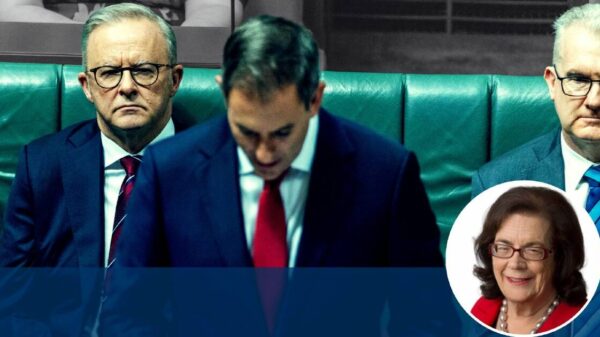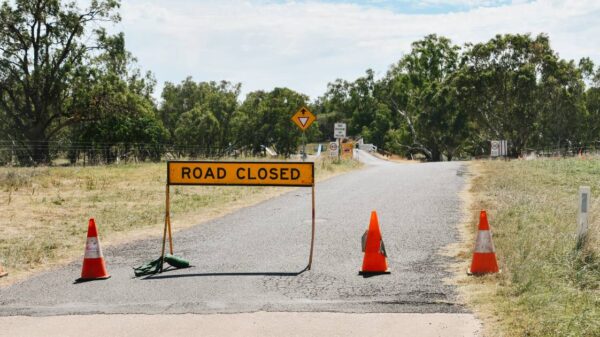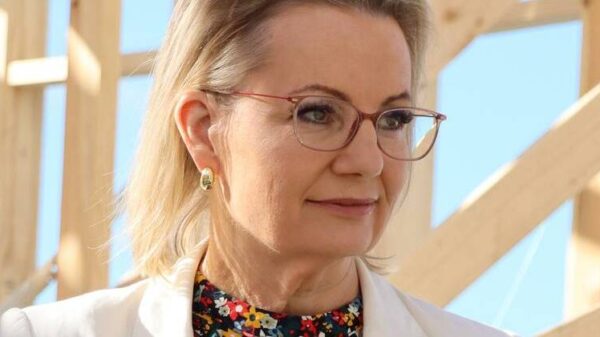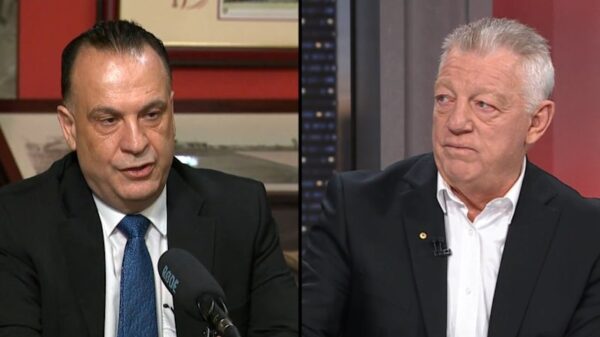The Albanese government has announced the termination of a pension policy established by the previous Morrison administration, impacting how much retirees can earn on their cash investments. Social Services Minister Tanya Plibersek revealed in a statement on July 1, 2023, that the three-year freeze on pension deeming rates will come to an end, adjusting the rates that determine pensioner income.
Under this new policy, the expected or “deemed” return on financial investments for age pensioners, including self-funded retirees, will increase from 0.25 percent to 0.75 percent. While the exact impact on individual pensions will vary according to financial assets, many seniors are expected to be dissatisfied with the adjustment, especially in light of decreasing interest rates on savings accounts. This change marks a significant shift following the earlier freeze, which was introduced to provide support to pensioners during the height of the COVID-19 pandemic.
Tanya Plibersek stated that the previous deeming rates had been maintained at what she termed “artificially low” levels since 2020. The rates, she explained, had remained below actual earnings from investments, resulting in inflated pension payments. The government had kept these low rates post-pandemic to assist age pensioners and other income-support recipients while the economy stabilized.
Under the deeming system, the government applies a uniform return on financial investments, including savings accounts and term deposits. This approach simplifies income calculations for pensions, as it eliminates the need for pensioners to report their actual income from investments.
The decision to adjust the deeming rates comes at a time when bank deposit rates have increased in line with the official cash rate, creating a disparity between what pensioners earn and the new deemed rates. This development is likely to provoke discontent among retirees who had previously campaigned against high deeming rates back in 2019.
The end of the freeze on July 1 represents a pivotal moment for the Albanese government, as it navigates the complexities of pension policy and its implications for senior citizens. As the government seeks to balance economic recovery with the financial needs of pensioners, these changes will undoubtedly be closely monitored by both the public and financial analysts.
In summary, the Albanese government’s decision to adjust pension deeming rates marks a significant policy shift, with potential implications for the financial wellbeing of Australia’s aging population. With an increase in deemed rates, retirees may find themselves facing reduced pension payments, a change that is set to generate considerable discussion in the coming weeks.




























































